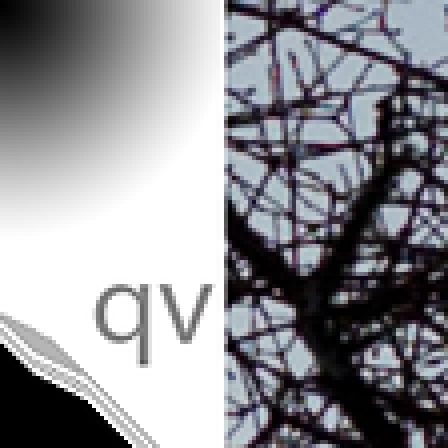If you implement my backup philosophy in your own home or studio, you’re going to need three kinds of non-volatile storage. The first kind is your main disk storage. It should be fast, and large enough for all your images. The second is your backup disk storage. It should be equally capacious, but needn’t be… [Read More]
Backing up photographic images, part 3
The drawback to the online-storage-with-backup approach has traditionally been cost. But disk cost per byte has been plummeting at a greater-than-historical rate for the last fifteen years, and it’s now so low that, for most serious photographers, it’s not an impediment to online storage of all your images. Why are disk prices dropping so fast?… [Read More]
Backing up photographic images, part 2
Okay, let’s get started. People occasionally ask me what techniques I recommend for archiving images. I tell them that I don’t recommend archiving images at all, but I strongly recommend backing them up. Let me explain the difference. When you create an archive of an image, you make a copy of that image that you… [Read More]
Backing up photographic images, part 1
In response to changes in computer technology, I’ve done a complete rewrite of the page on this site called “Backing up Photographic Images”. Over the next few days, I’ll be posting it here. Here’s the preface: In chemical photography, you have only one master image of each exposure. It’s stored on the film you put… [Read More]
Downsampling with Lightroom
These days I’m as likely to reduce resolution when printing as I am to increase it. The slit scan files come out of the camera at up to 9000×64000 pixels. The sweep panos are typically 8000×24000. Even if you’re not using such extreme file sizes, you may be downsampling too. If you’ve got a D800… [Read More]
- « Previous Page
- 1
- …
- 332
- 333
- 334
- 335
- 336
- …
- 384
- Next Page »
